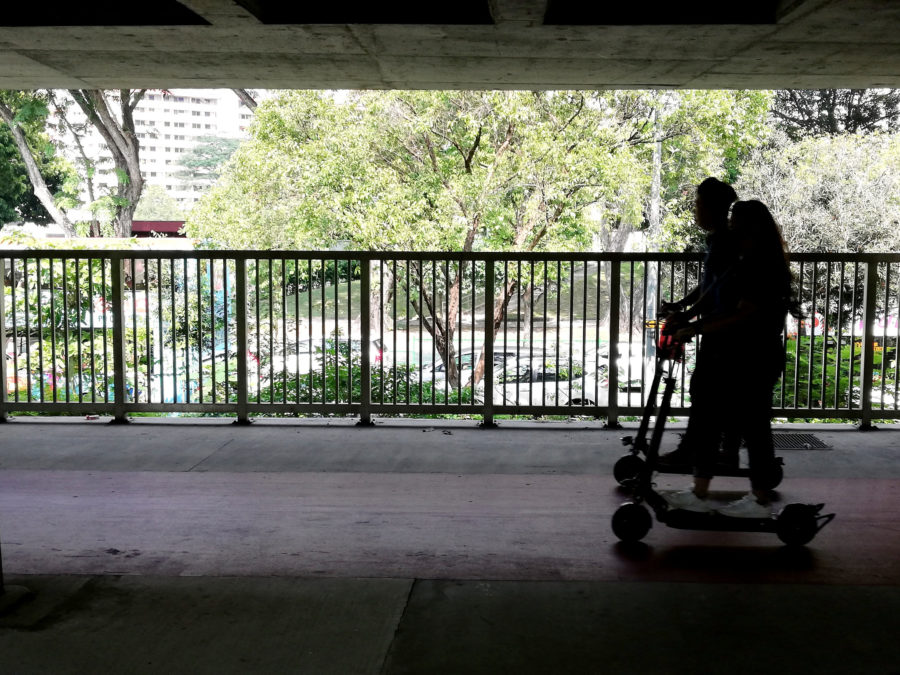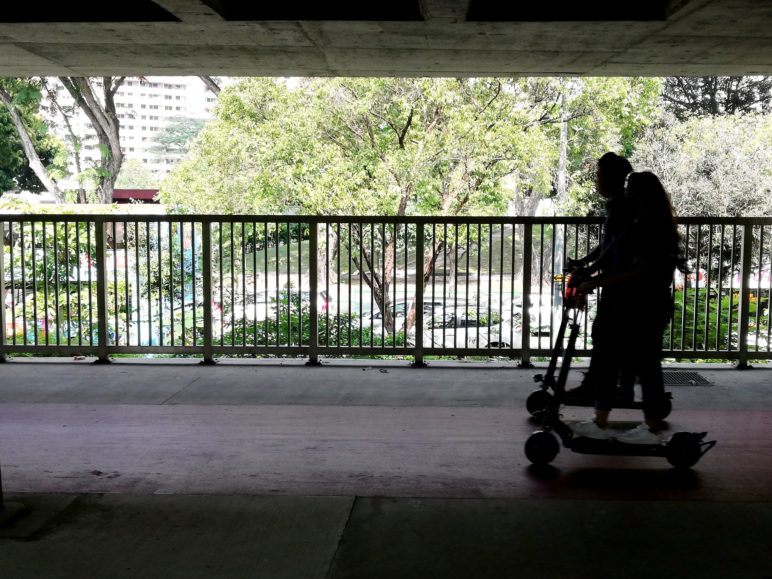Last month, I argued that the answer to problems of the e-scooter revolution will be bike lane infrastructure. And it makes sense for cities to charge hefty scooter fees—shared e-scooters seem to be extremely profitable due to indefinite public storage space—as long as the money gets reinvested in protected bike lanes.
Last week, North America’s largest e-scooter startup, Bird, announced a voluntary plan to donate $1 per scooter, per day to build and maintain protected bike lanes in their host cities.
Maybe it goes without saying, but I think this is a great plan.
Jonathan Maus at BikePortland did some math about the dollar-a-day pledge from Los Angeles-based company:
With Bird allowed to have nearly 700 scooters on the ground in Portland by the end of this week that would equal about $21,000 a month or $252,000 a year if the company sticks around after the initial pilot period. That’s a significant amount of funding given that the City of Portland can add buffers to 5.6 miles of bike lanes for $80,000 and their new protected bike lane design guide says the estimated cost of a basic, parking-protected bike lane is about $65,000 per mile.
But why stop there? An early estimate from Portland-based mobility analyst Michal Nakashimada indicates central Portland could support 4,000 e-scooters per day.
Yes. My current model projects Portland can support at least 4,000 scooters in the central city.
— michal Naka⚡️ (@michalnaka) July 6, 2018
If that’s right, and if each scooter was netting a city $1 per day in net revenue (either from a mandatory 25-cent charge on each of four daily trips, or a voluntary $1/day donation like Bird’s), that’d be $1.5 million per year for protected bike lanes. That’s more than Portland’s general transportation budget currently invests in them.
Now imagine fleets of various sizes in cities across the Northwest: 800 in Pullman ($292,000 per year for the low-stress biking network), 1,200 in Corvallis ($438,000 per year), 9,000 in Vancouver, BC ($3.3 million per year).
If each scooter was netting a city $1 per day… that’d be $1.5 million per year for protected bike lanes.
E-scooter fees shouldn’t be the main way we fund improvements to our streets, but they could be one of several significant local funding streams for bike infrastructure. Meanwhile, like bike-sharing (but unlike ride-hailing) they serve as perfect complements to public transit, making car-free movement better in general.
Bird’s voluntary pledge is a PR move. It’s also an investment in its business’s future growth. And it’s also a meaningful step toward helping our cities reach the safe, efficient, car-optional destiny we deserve.










